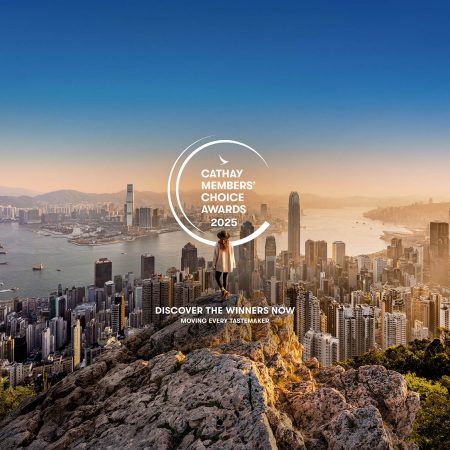Tongyeong: Korea's true centre of culture
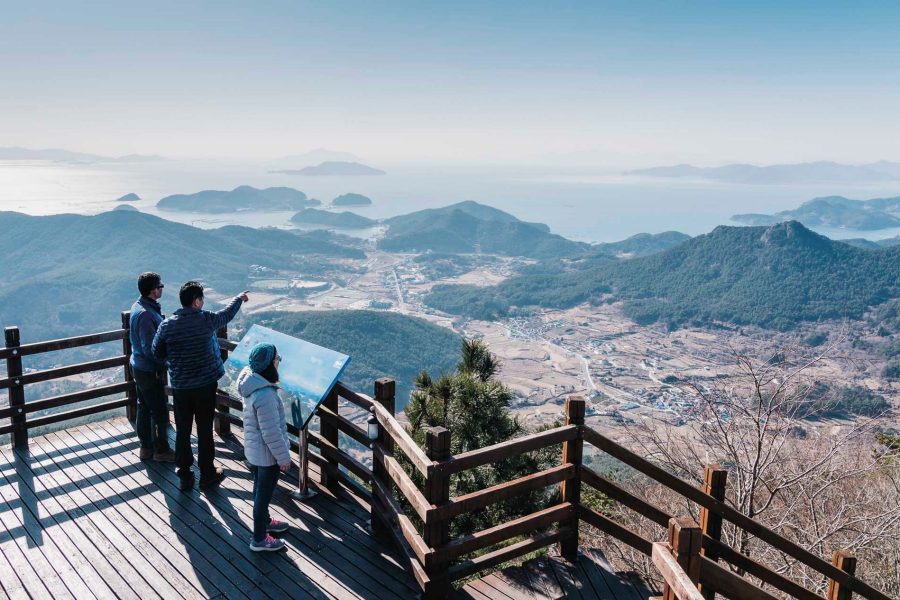
As you might expect of a port city, Tongyeong has a large fish market, at Gangguan Port. But what immediately seizes the attention at Jungang Market is a gleaming sculpture of a mackerel standing four metres tall by the alleyway entrance. A closer look reveals that its scales are fashioned from South Korea’s ubiquitous stainless-steel rice bowls.
Created by Art Book Collective, a French group that makes eco-friendly sculptures, the public art work pays homage to the 1953 painting Two Children Playing With Fish by Lee Jung-seob. Often described as Korea’s Van Gogh, Lee spent two of his most productive years, 1952 to 1954, in Tongyeong, located not far from Busan. During this time, he created his signature masterpieces such as White Bull and held his first solo exhibition, which unfortunately did little to help make ends meet. Lee’s fame was posthumous.
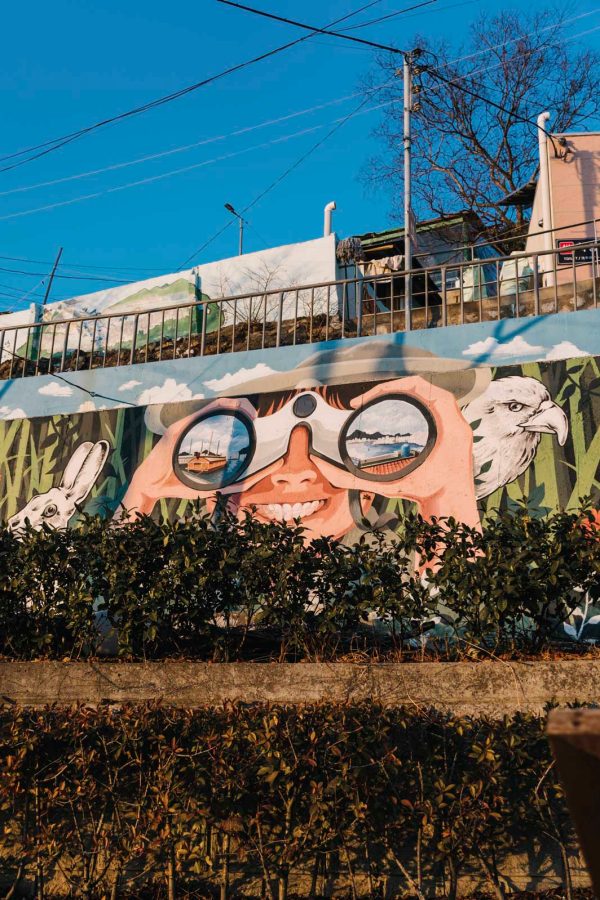
Credit: Jun Michael Park

Credit: Jun Michael Park
Today his memory lives on in Tongyeong. In fact, a visit to the coastal city is an immersion in an artistic world, one that is connected not just with Lee but also numerous other visual artists, musicians and literary greats.
‘Some of these painters, writers and composers were century-defining artists, and they all happened to live in the same city as contemporaries,’ says arts journalist Lee Sang-ok. ‘Their birthplaces or memorial halls, museums and streets named after them dot Tongyeong, making the entire city a contemporary art heritage site of sorts.’
It was the Korean War (1950-53) that brought Lee to seek refuge in Tongyeong, separated from his wife and two children. The impoverished artist drew on the foil linings of cigarette packs as art supplies became increasingly rare. Lee’s 1950s foil paper drawings became the first Korean works to be included in the permanent collection of New York’s Museum of Modern Art. His tumultuous and tragic life, which ended in misery at age 41, will be depicted in a forthcoming biopic.
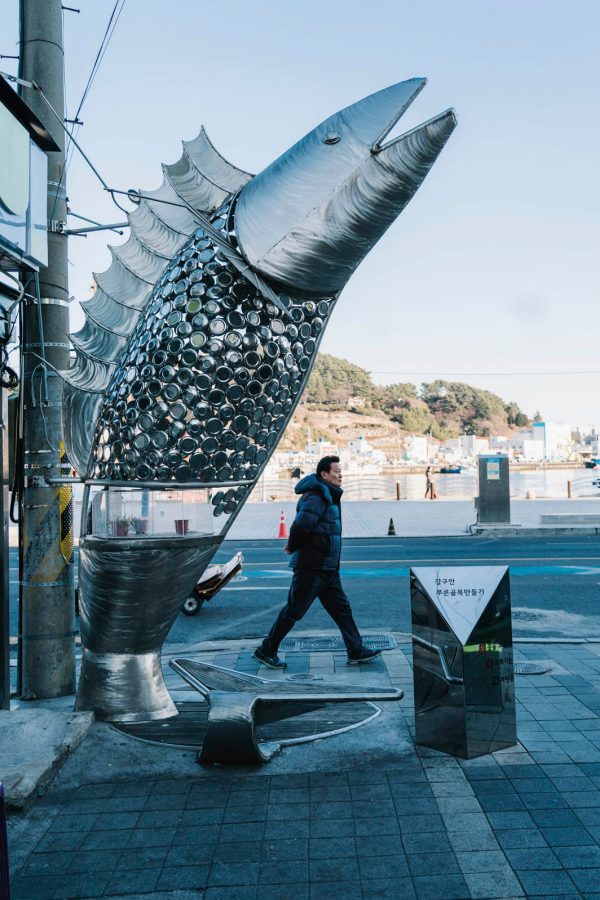
Credit: Jun Michael Park
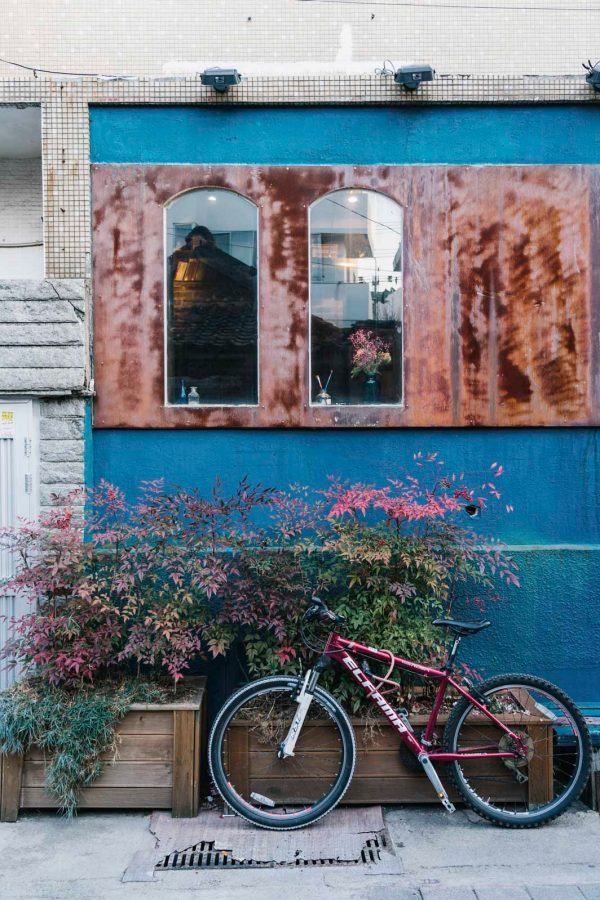
Credit: Jun Michael Park
The artist’s short yet illustrious sojourn in Tongyeong remains feted to this day, and the fish sculpture invites visitors to explore beyond the seafood market and into the narrow paths of Hangnam-dong, an area known as Gangguan Alleyway. Even before Lee’s arrival, this neighbourhood had been crowded with artists and craftsmen. The building that once housed a school for the regional craft of mother-of-pearl lacquerware – and where Lee taught drawing during his stay – stands quietly in its original place near blacksmith shops. Lee famously drank at neighbouring bars with fellow artist friends such as the poet Yu Chi-hwan.
‘In one famous anecdote, Lee poured ink onto the floor of a bar in Gangguan Alleyway and began painting with his hand,’ says Kang Jeyoon, a poet and author who has lived and taught in Tongyeong. ‘He got severely chastised by the elderly patrons.’

Credit: Jun Michael Park
In recent years, Gangguan Alleyway has started to celebrate its artistic past, with a campaign to revamp the area with murals initiated by local authorities and community groups. Restaurants, ice cream parlours and cafes all vie for attention with their signage and decorated windows. Also adorning walls are poems by famed writers such as Baek Seok, a North Korean icon who famously travelled all the way to Tongyeong in search of a young woman he had fallen in love with at first sight. The unrequited romance inspired his works Tongyeong and Tongyeong 2.
In addition to the fish sculpture, Art Book Collective has created a piece featuring musical notes, which was inspired by yet another artist with roots in the area, the classical composer Yun I-sang. Born in Tongyeong, Yun was a distinguished member of the mid-20th-century avant-garde movement and became known outside the music community when he was abducted by South Korean agents while living in West Germany in the 1960s on suspicion of being a North Korean spy. He was eventually released after protests from the international community, which included a petition led by Igor Stravinsky. Yun is now celebrated in both the north and the south, as well as in Germany. Two of Asia’s premier classical music events, the Tongyeong International Music Festival and the Isang Yun Competition, are held annually in the port city in honour of its most musically renowned son.
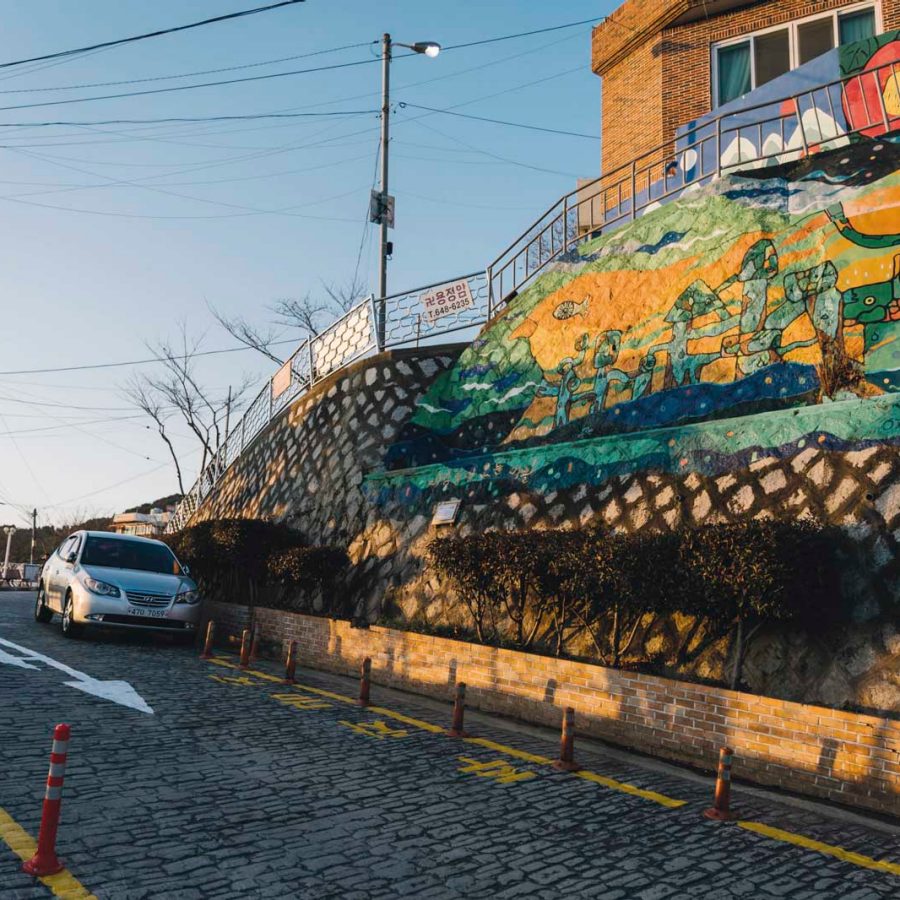
Credit: Jun Michael Park
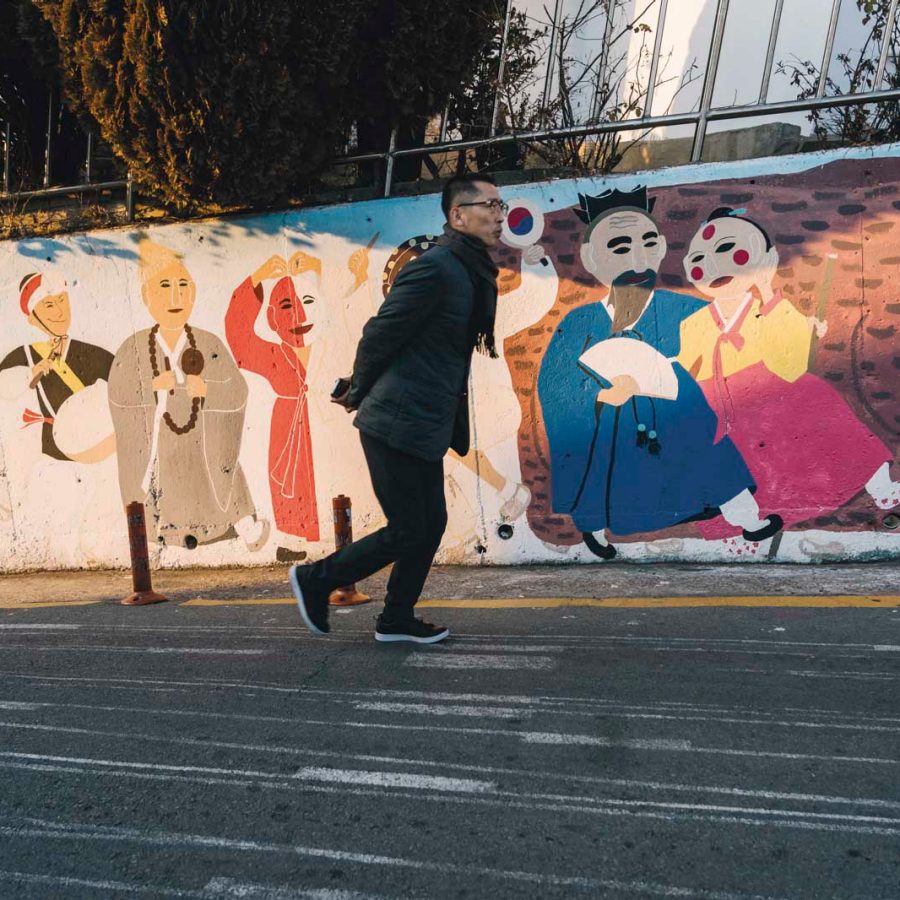
Credit: Jun Michael Park
Just a couple blocks away from Gangguan Alleyway, more quotidian art can be found at Dongpirang Wall Painting Village. In 2007, the local community invited volunteers from all over South Korea to beautify the walls of the sleepy neighbourhood that had been on the brink of being demolished, and the area has since become an Instagram hotspot. Every wall of the neighbourhood is covered with colourful paintings of everything from Korean folk stories to Disney characters and knockoff Keith Harings. The hillside location’s panoramic view of Gangguan Port isn’t bad either.
Also not to be missed is the private museum dedicated to Jeon Hyuck-lim, a contemporary of Lee’s and also his flatmate. Jeon was a self-taught Tongyeong artist who became celebrated as ‘the magician of colours, painter of the sea’. The museum, built on the spot where Jeon lived for 30 years, is notably covered with thousands of ceramic tiles reflecting motifs from his art.
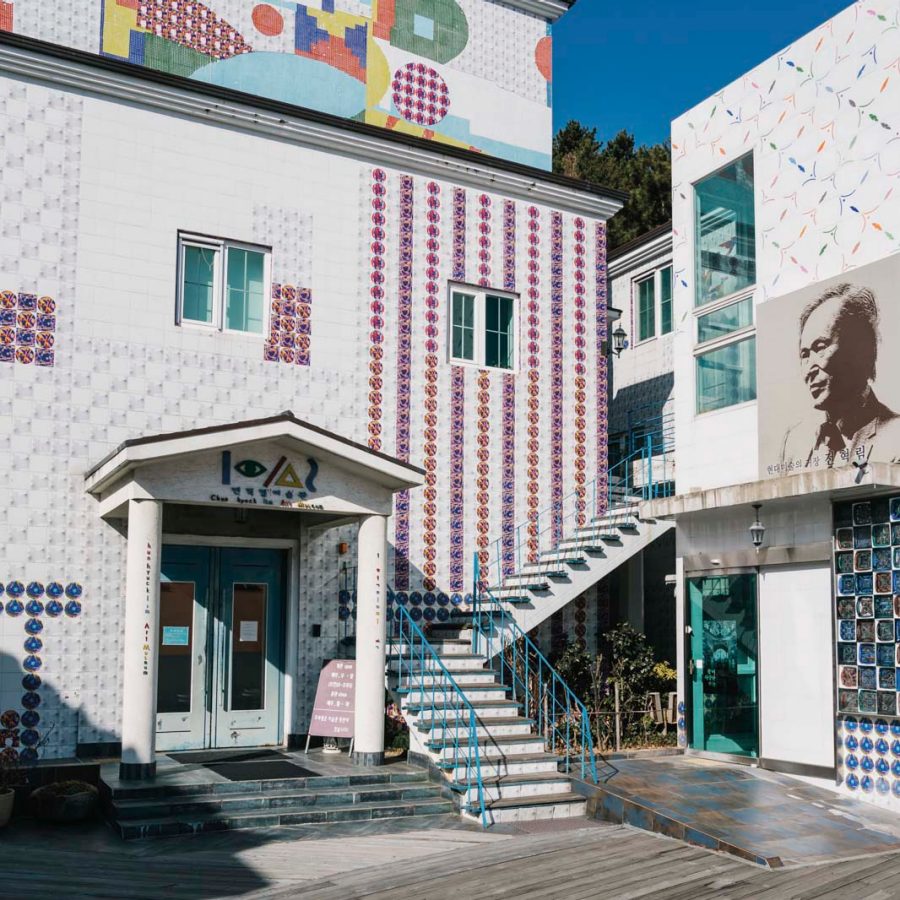
Credit: Jun Michael Park
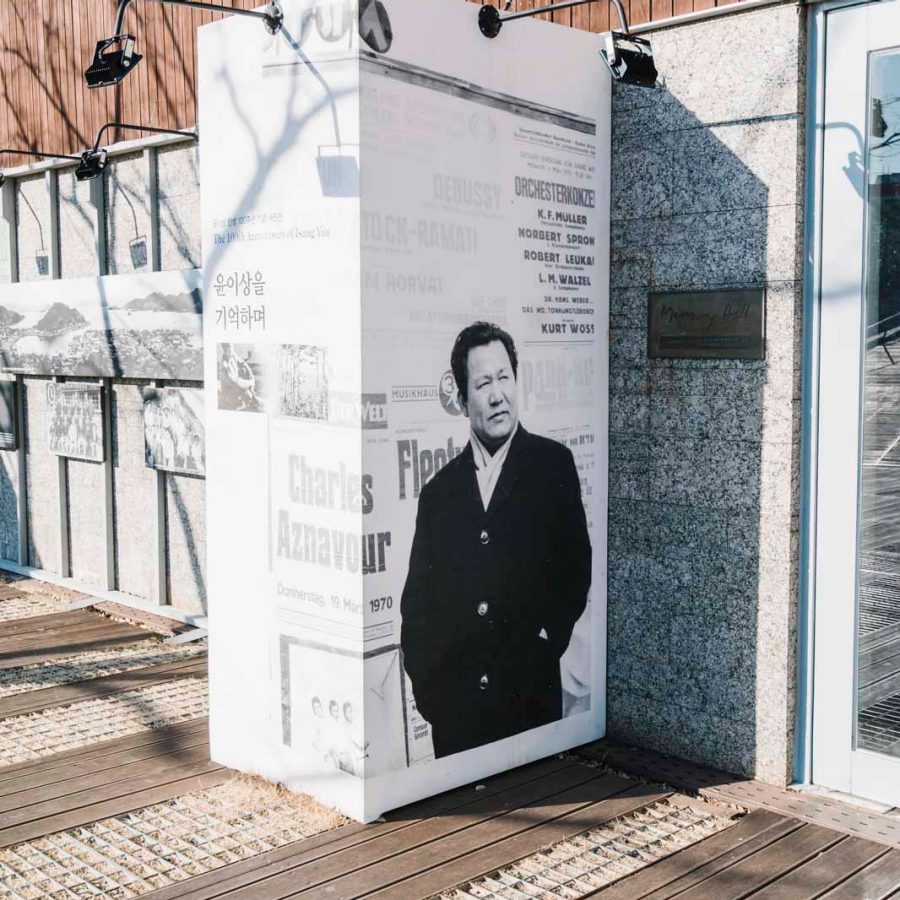
Credit: Jun Michael Park
The museum is located at the foot of Tongyeong’s Mireuksan mountain, where visitors can embark on literary trails. Among the mountain’s many lookouts and rest areas is one dedicated to the late great novelist Pak Kyongni, who wrote several books set in Tongyeong, her hometown, including her most famous, Toji. Hikers can glimpse Pak’s grave and visit a memorial centre and park dedicated to her.
Though smaller than many of South Korea’s other famed mountains, Mireuksan is considered one of the most scenic, with its lush woods, valleys, pure water, rock caves and ancient temples. ‘I lack the ability to literarily express the natural beauty of Tongyeong,’ the poet Cheong Chi-yong once famously said – and yet these words have survived him, inscribed in stone at the mountain’s summit. It’s an eternal reminder of what many of these creative luminaries were inspired by: Tongyeong itself.
Hero image: Jun Michael Park
More inspiration
Busan travel information
- China – the Chinese Mainland, Hong Kong SAR, Macao SAR and Taiwan Region
- Hong Kong SAR - English
- Chinese Mainland (China) - English
- Taiwan, China - English
- 香港特別行政區 - 繁體中文
- 中国內地 - 简体中文
- 中國台灣 - 繁體中文
- Africa
- South Africa - English
- Americas
- Canada - English
- Canada - Français
- United States - English
- Asia
- Bangladesh - English
- Korea - English
- Singapore - English
- Cambodia - English
- 한국 - 한국어
- Sri Lanka - English
- India - English
- Malaysia - English
- Thailand - English
- Indonesia - English
- Maldives - English
- ประเทศไทย - ภาษาไทย
- Indonesia - Bahasa Indonesia
- Myanmar - English
- Vietnam - English
- Japan - English
- Nepal - English
- Việt Nam - tiếng Việt
- 日本 - 日本語
- Philippines - English
- Australasia
- Australia - English
- New Zealand - English






